Review round-up: single-cut electric guitars under $/£1,000
Four bang-for-your-buck rock machines from Epiphone, Gretsch, PRS and Hamer
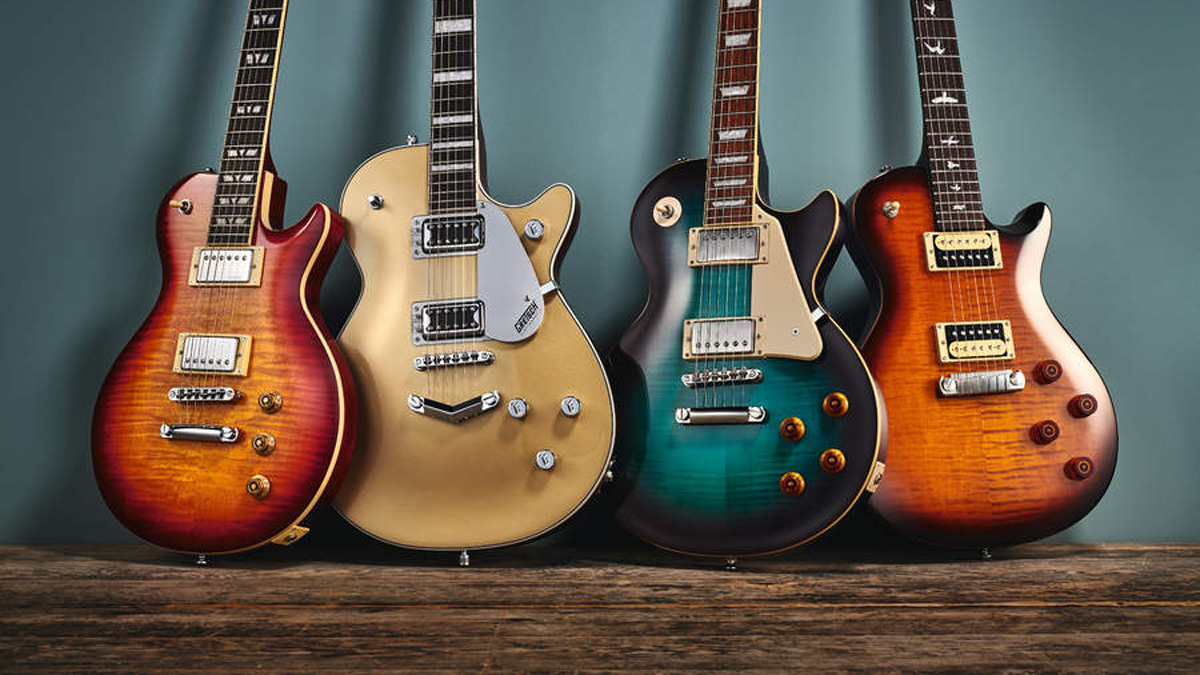
It’s hard to imagine in this post-Led Zeppelin and Appetite For Destruction universe but the Gibson Les Paul was not an overnight success.
In fact, the original single cutaway model was discontinued in the early '60s due to poor sales. The Les Paul was ultimately saved from oblivion when it was rediscovered by Eric Clapton and Peter Green in the mid-'60s.

These days, an original ’59 Les Paul costs the same as nice house. Luckily, we have assembled four modern alternatives that offer some of the looks and performance for the price of a night’s stay in a very nice hotel.
‘Handcrafted in China’ the Epiphone Les Paul Standard PlusTop Pro is an obvious entrant here thanks to its ancestry. The remaining contenders, all hailing from various locations in the Far East, include a descendent of the Les Paul’s original rival (Gretsch G5220 Electromatic Jet BT), a version of the single-cut guitar Gibson tried to kill (PRS SE 245 Standard) and a modern classic from a recently resurrected-brand, the Hamer Monaco.
All these guitars offer great looks, playability and that classic Les Paul twin-humbucker layout. Let’s find out which guitar is the right one for you...
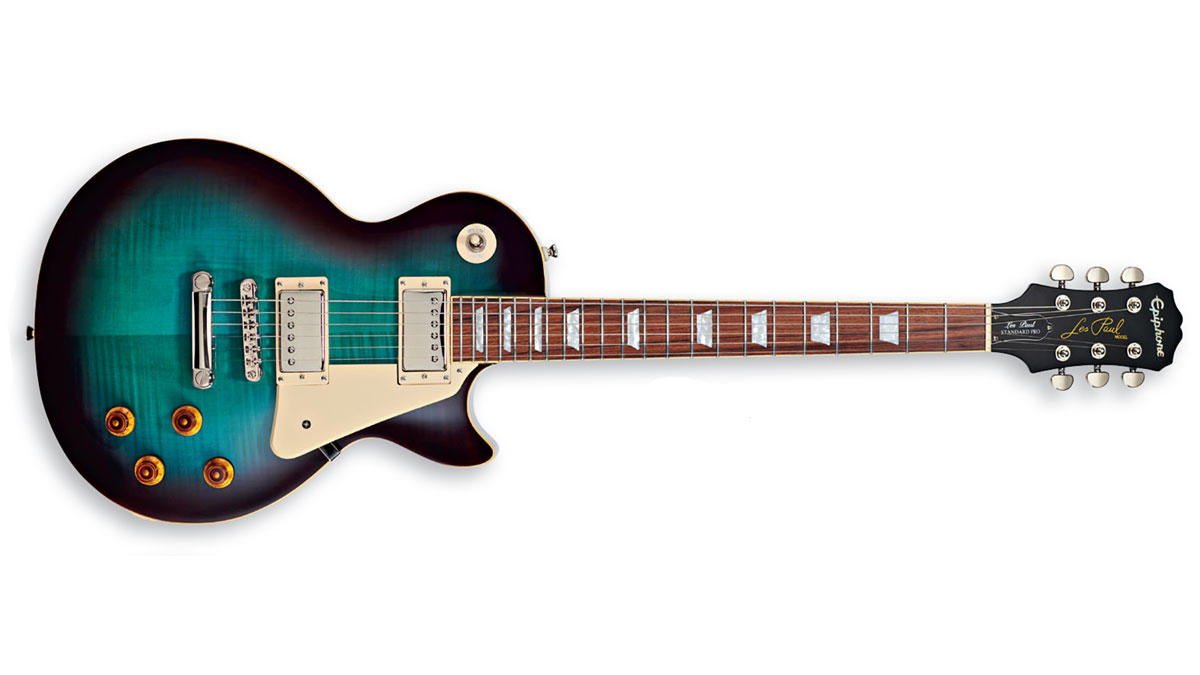
Epiphone Les Paul Standard PlusTop Pro
What do they mean by ‘PlusTop’?
Have you actually seen this guitar? Just take a look at it and you’ll see why it carries the PlusTop name. This Les Paul has a AAA flame maple veneer glued to its maple top to give it the eyeball pleasuring looks of a ’59 Les Paul. The rest of the guitar is crafted from mahogany [body and neck] with a slice of pau ferro standing in for the more endangered rosewood on the fingerboard.
So, this has the classic Les Paul control format?
Yes and no. You do get the two volume/two-tone layout associated with iconic Gibson designs. The difference here is the coil-tap function. Pull up the notched volume controls to switch from humbucking to single-coil modes.
Some Les Pauls have seriously fat necks...
That’s certainly true but not this one. The PlusTop Pro has the slimmest neck of any Les Paul we’ve ever had the pleasure of wrapping a fist around. It’s what us players call a ‘D’ shape and this one almost flattens out on the back. If you’re making the transition from widdly rock guitars to something more classic, this guitar’s setup could feel like home.
At a glance
Key features: Single cutaway mahogany body with maple top and AAA flame maple veneer, 629mm [24.75"] scale 1960 Slim Taper profile set mahogany neck, 305mm [12"] radius pau ferro fingerboard
Finish: Trans Blue [as reviewed], Wine Red, Honey Burst, Vintage Sunburst, Heritage Cherry Sunburst, Antique Natural, Cherry, Desert Burst, Iced Tea, Trans Black, Blueberry Burst, Blood Orange, Green Burst, Mojave Fade.
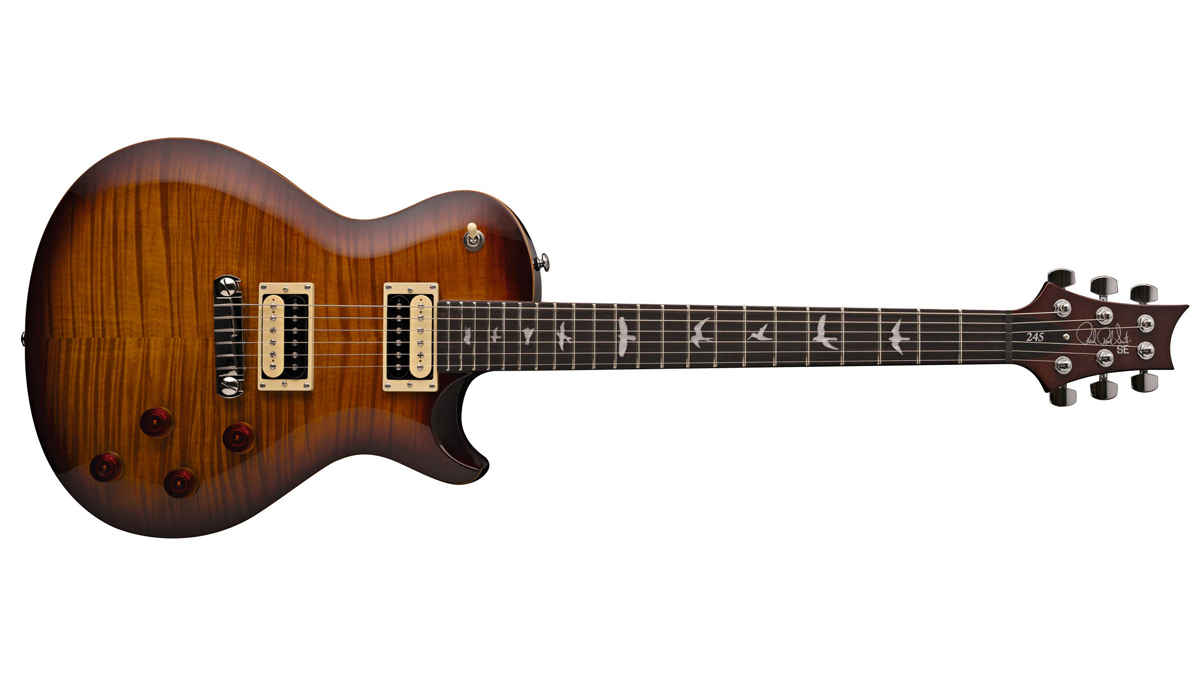
PRS SE 245
What’s the significance of the ‘245’ in the model name?
Well, your classic Paul Reed Smith guitar usually comes loaded with a 25" (635mm) scale length. The 245 is spec’d with a shorter 24.5" (622mm) scale. This mod offers players easier string bending. Factor in the chunky ‘Wide Fat’ neck profile and you’ve got yourself a guitar with killer playability.
The top isn’t as fancy looking as the other guitars here...
That’s probably because the 245 isn’t dressed up with a flame maple veneer like the Epiphone and Hamer guitars. In fact, the body and neck are all made from mahogany. A few 50s Les Pauls were all mahogany so the 245 certainly carries some old-school DNA beyond its single cutaway. Discerning wood worms will also enjoy the tasty-looking rosewood fingerboard but be wary of the bird inlays...
The bridge looks chunky...
That would be Mr Reed Smith’s much-loved update of the wrap- around bridge/tailpieces you see on 50s and 60s Gibson Les Paul and SG Juniors. The PRS version improves on the original with better intonation.
At a glance
Key features: Single cutaway bound mahogany body, 622mm [24.5"] scale bound mahogany ‘Wide Fat’ profile set neck, 254mm [10"] radius rosewood fingerboard with ‘bird’ inlays, 22 jumbo frets, 1 x PRS 245 ‘S’ Treble humbucking pickup [bridge], 1 x PRS ‘S’ Bass humbucking pickup [neck], 2 x volume controls, 2 x tone, three-way pickup selector toggle switch.
Finish: Tobacco Sunburst
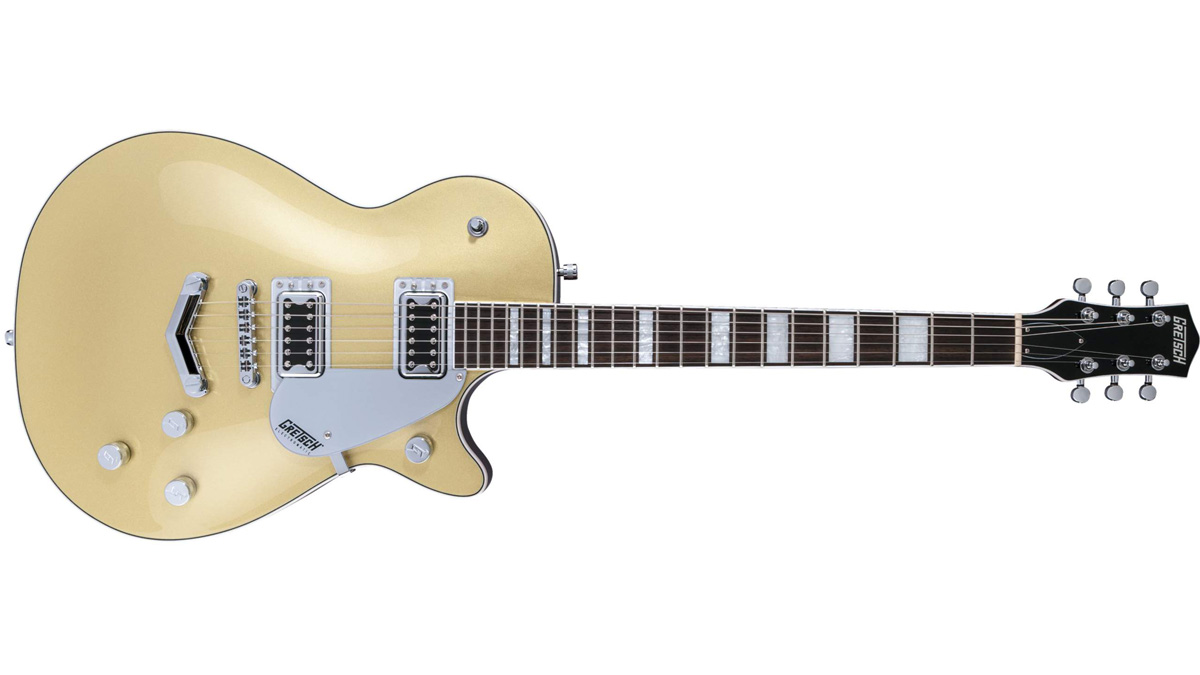
Gretsch G5220 Electromatic Jet BT
So, Gretsch ripped off the Les Paul?
Well, we think we can just safely say that the Les Paul inspired Gretsch to release its own single cutaway electric solid body - but they are actually very different designs. The original Les Paul design featured a solid mahogany back and maple top. Gretsch Jets are built around a chambered mahogany back with a laminated maple top.
How does that difference in construction affect the tone?
The Electromatic Jet has a semi-acoustic element to its sound. These days Gibson weight-relieve many of its Les Pauls by drilling out some of the wood before they glue the backs and tops together. That still doesn’t get them close to the bright airy tone of a Jet.
It’s a Gretsch. That means rockabilly to me...
Yes, it has a lovely retro Casino Gold paint job but let’s not typecast this Jet. Don’t forget that AC/DC’s Malcolm Young used a Gretsch Jet on most of the band’s output. Besides, this latest model is powered by Broad’Tron humbuckers, which have a bit more grunt than the vintage spec models on other Jets.
At a glance
Key features: Single cutaway chambered mahogany body with laminatedmapletop, 625mm[24.6"] scale mahogany ‘Thin U’ profile set neck, 305mm [12"] radius black walnut fingerboard with ‘Big Block’ inlays, 22 medium jumbo frets, 2x Black Top Broad’Tron humbucking pickups, 2 x volume controls, additional master volume
Finish: Casino Gold [as reviewed], Black, Dark Metallic Cherry
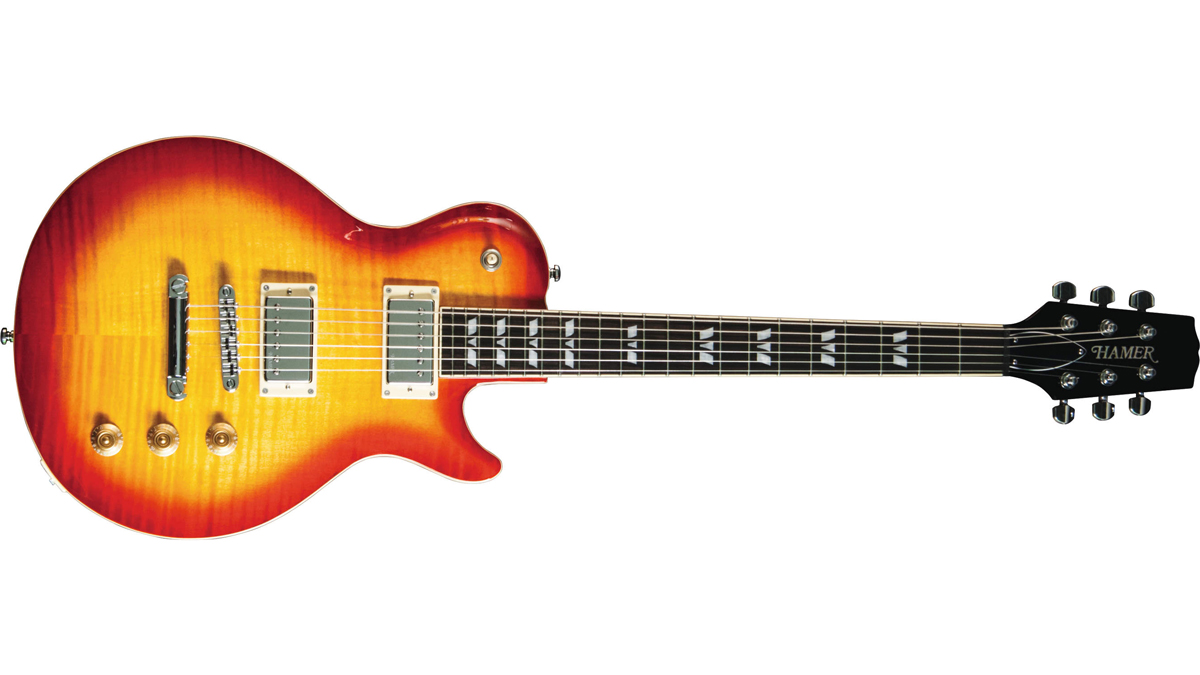
Hamer Monaco
I thought Hamer Guitars was defunct...
You heard right. The good news is that the brand is back. Hamer was founded in the 1970s and initially specialised in high-spec renderings of Gibson Flying V and Explorer designs. It later incorporated Les Paul influenced models into its catalogue. The new Monaco carries that DNA.
Why is it more expensive than the competition here?
Well, you do get a beautiful ebony ’board on the Monaco. The eye candy continues with the luxurious looking ‘Split-Crown’ inlays and the flame maple veneer top. This guitar also plays differently to the other guitars in this group test...
So, it doesn’t have a typical Les Paul feel?
The generous C neck profile is a classic Hamer design. What really makes the Monaco stand out, however, is the 400mm [15.7"] fingerboard radius. That’s shredder-friendly ‘Super Strat’ territory. You get a low action with easy string bending that is to die for. Okay, we appreciate that radius won’t please everyone but it’s something you have to try before you make your mind up which guitar you want to buy.
At a glance
Key features: Single cutaway mahogany body with maple top and flame maple veneer, 629mm [24.75"] scale mahogany set neck, 400mm [15.7"] radius ebony fingerboard with pearl ‘Split-Crown’ inlays, 22 medium jumbo frets, 2 x Hamer Rock Alnico II humbucking pickups, 2 x volume controls, master tone, chrome tune-o-matic bridge and stop tailpiece and diecast tuners
Finish: Cherry Sunburst [as reviewed]
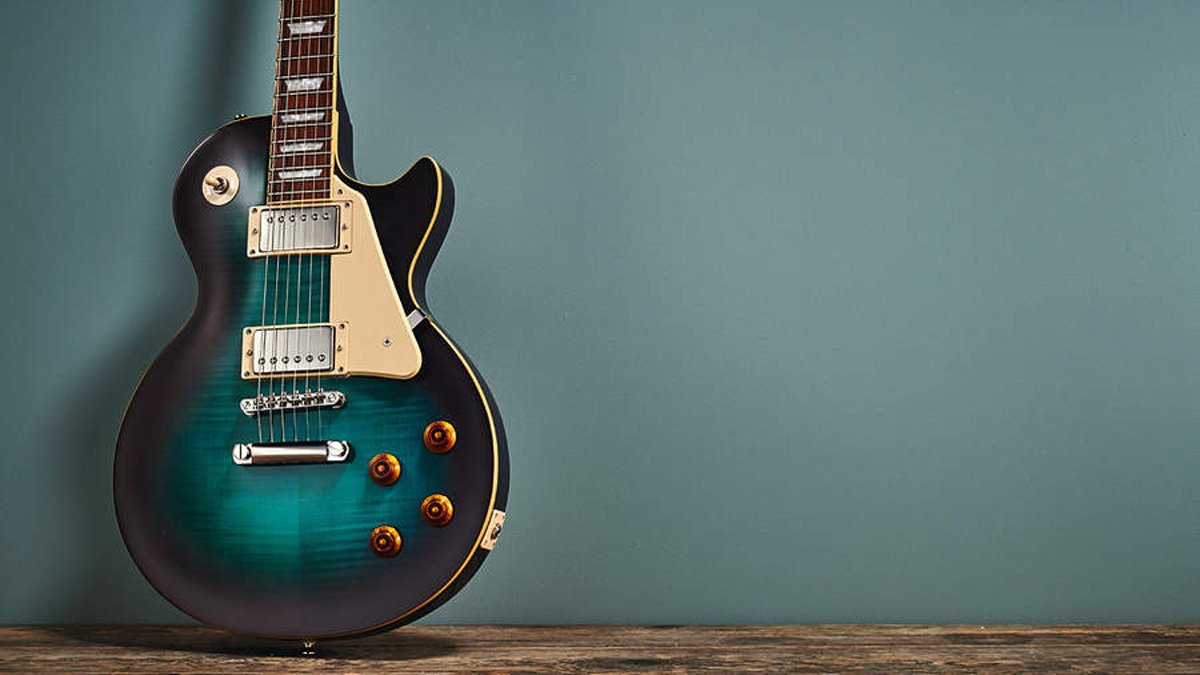
Head to head
The four guitars on offer here obviously cast a similar LP-style shadow yet there are some important differences in scale length and neck profiles.
The Epiphone Les Paul has the thinnest neck of the group. It’s based on the well-known 60s tapered feel that you’d expect to find on early 60s SGs. That will narrow its appeal. Those of you looking for a bit more meat in your palm, however, would be better served by the Hamer and PRS models. The Gretsch has a more inclusive C profile that most players will warm to.
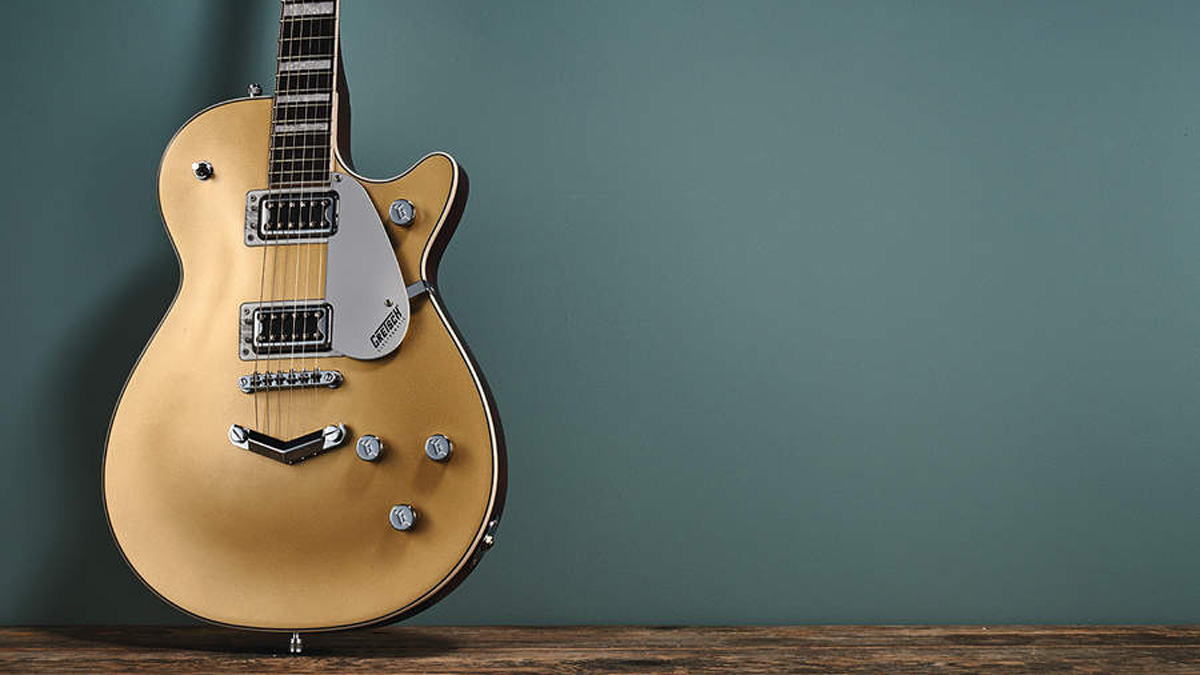
Tonally, all of these guitars put out a mix of vintage warmth and modern rock-friendly power. The Epiphone ups the ante somewhat with its coil-tap function. You don’t necessarily get Fender tones from this single-coil option. Rather, think of it more as a way of dialling in extra clarity when you’ve got the overdrive on.
It might feature some added grunt from its Broad’Tron humbuckers but there’s really no disguising the Gretsch heritage in the Jet BT’s tone. You get that wonderful old-school Gretsch twang, and we love the sustain enhancement offered by that beautiful V-stop tailpiece.
The PRS SE’s tone is a little darker than the other contenders. You can put that increase in bottom-end down to the shorter scale length. Rock and metal guitarists will love that tonal depth but bluesheads will appreciate it too. The Hamer Monaco is the wild card. It has the flattest radius ’board here. Now, that might irk the players who prefer the more traditional radii offered by our other guitars but the fleet of fingers will lap it up.
All of these guitars have one flaw. They should have heavier strings. Each manufacturer has played it safe with light strings but a Les Paul and its tribute acts thrive with heavier strings. You’ll get better tone and sustain and, thanks to the scale lengths spec’d on these models, string bending will still be a breeze.
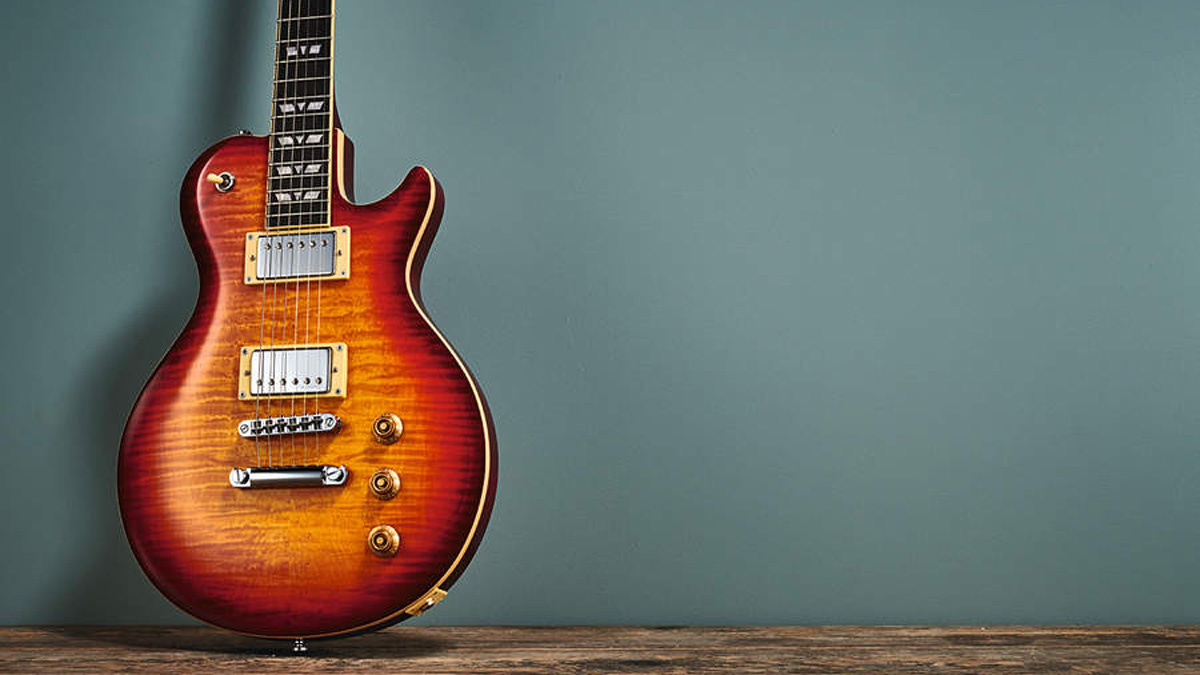
Final verdict
Those of you that didn’t nod off in history class might recall the old Harold MacMillan quote, “you’ve never had it so good...”
Our old Prime Minister uttered those words back in 1957, and he certainly wasn’t referring to guitar players. In those days, if you wanted to play electric guitar your options for a great playing and sounding affordable six-string amounted to the square root of bugger all.
60-odd years on, you can’t move for great affordable electric guitars. Just look at the Gretsch G5220 Electromatic Jet BT. The build quality would be considered excellent on a guitar at twice the price. We also like the tonal variety offered by the Epiphone, and the addictive playability of the PRS SE and the Hamer Monaco.
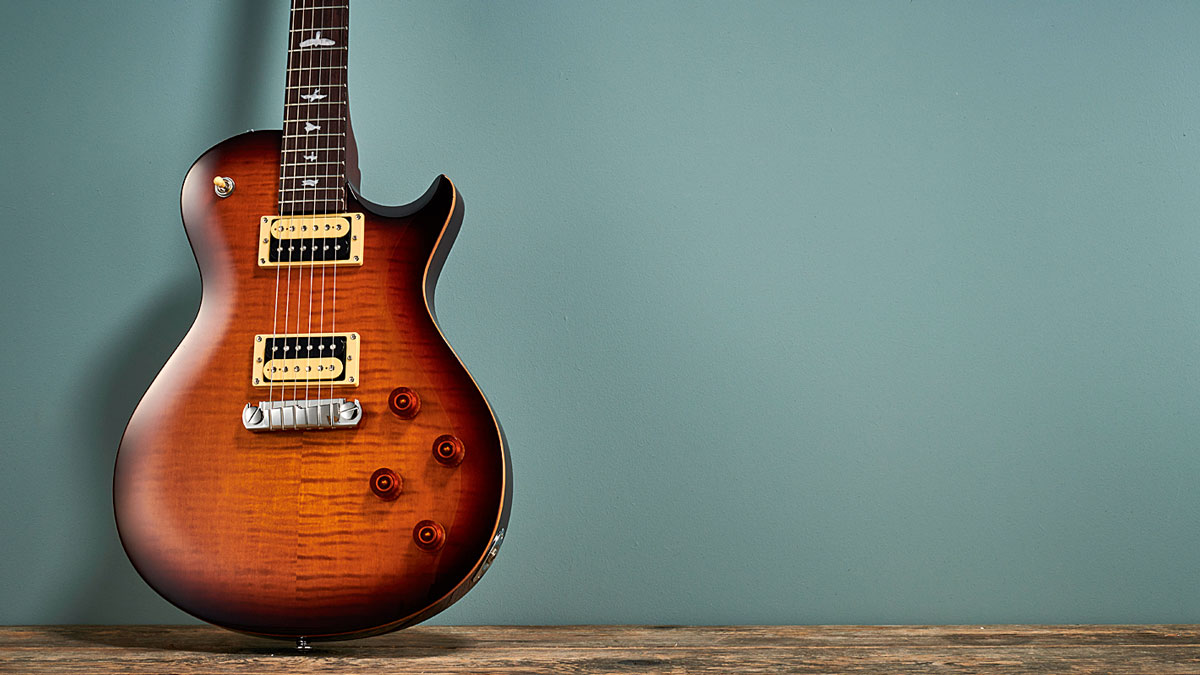
No other sector of the guitar market has seen the vast improvements in build quality and spec that you’ll find in mid-priced Les Paul style stuff. The emphasis these days is on performance as opposed to the bling we used to see on guitars like these.
Just like the original model that inspired them, the four subjects of our test offer a level of versatility that will endear them to most of us. Yes, the Gretsch might appeal best to classic rockers, the Hamer to shredders, and the PRS and Epiphone to the blues crowd but, the point is, if you’re looking for a new LP-inspired squeeze, you need to try all these guitars. You really haven’t had it so good.
Best all-rounder: Epiphone Les Paul Standard PlusTop Pro
4 out of 5
Best for playability: PRS SE 245
4 out of 5
Best value for money: Gretsch G5220 Electromatic Jet BT
4.5 out of 5
Best for shredders: Hamer Monaco
4 out of 5
“These guitars travel around the world and they need to be road ready”: Jackson gives Misha Mansoor’s Juggernaut a new lick of paint, an ebony fingerboard and upgrades to stainless steel frets in signature model refresh
“It’s about delivering the most in-demand mods straight from the factory”: Fender hot-rods itself as the Player II Modified Series rolls out the upgrades – and it got IDLES to demo them
“These guitars travel around the world and they need to be road ready”: Jackson gives Misha Mansoor’s Juggernaut a new lick of paint, an ebony fingerboard and upgrades to stainless steel frets in signature model refresh
“It’s about delivering the most in-demand mods straight from the factory”: Fender hot-rods itself as the Player II Modified Series rolls out the upgrades – and it got IDLES to demo them











